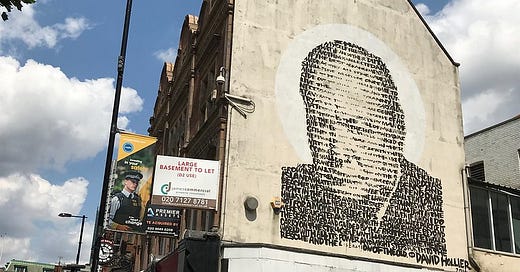
You won’t be able to avoid Winston Churchill in the next few weeks. 30 November 2024 marks 150 years since his birth; 24 January 2025 marks 60 years since his death. There will be fuss.
The anniversaries will see a plethora of broadcasts, newspaper c…




